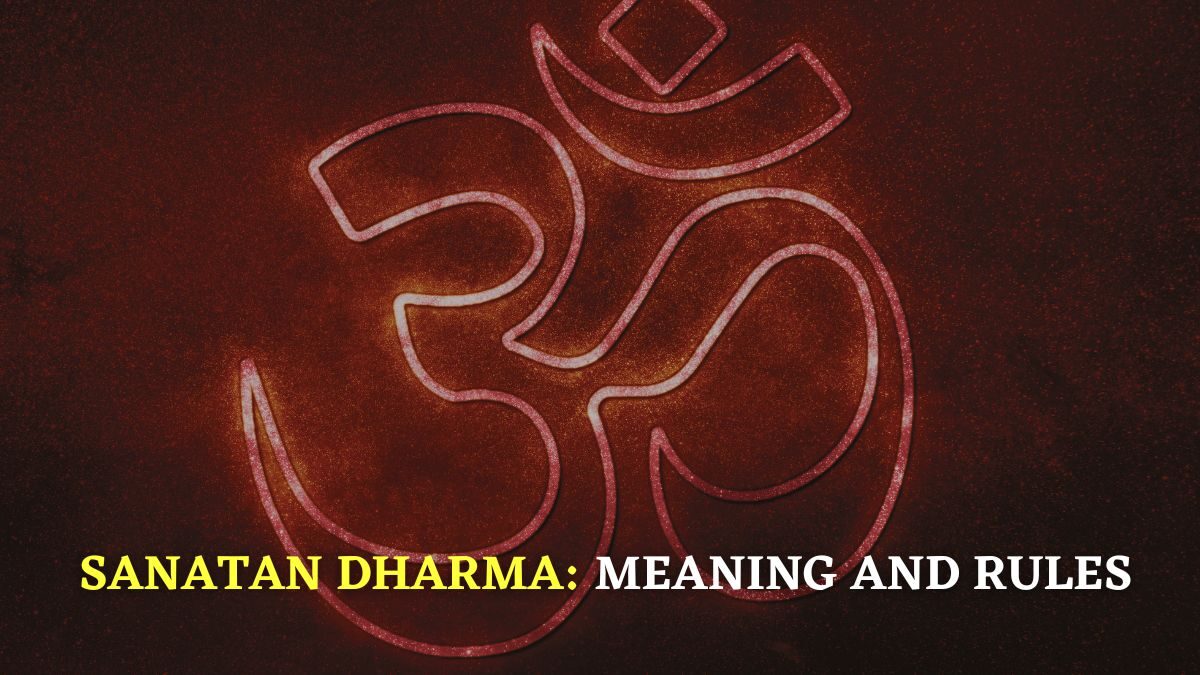The Meaning and Philosophy Behind Sanatana Dharma
Sanatana Dharma, often referred to as Hinduism, is a complex and ancient spiritual tradition that has fascinated people around the world. In this article, we will unravel the meaning and significance of Sanatana Dharma in simple and easy-to-understand terms.
Origins of Sanatana Dharma
Sanatana Dharma, a term derived from Sanskrit, can be broken down to understand its true essence. “Sanatana” translates to “eternal” or “everlasting,” while “Dharma” is often interpreted as “duty,” “righteousness,” or “path.” So, at its core, Sanatana Dharma represents the eternal path of righteousness.
What Is Sanatana Dharma?
Sanatana Dharma is not merely a religion but a way of life that encompasses a diverse range of beliefs, practices, and philosophies. It doesn’t have a single founder or a central religious authority, making it unique among the world’s major religions. Instead, it has evolved over thousands of years through the teachings of sages, philosophers, and spiritual leaders.
The Meaning and Philosophy Behind Sanatana Dharma
At its heart, Sanatana Dharma teaches that there are many paths to spiritual realization, and individuals can choose the path that resonates most with them. It emphasizes the importance of living a life in harmony with natural laws and cosmic principles.
Key Principles of Sanatana Dharma
- Dharma: Central to Sanatana Dharma is the concept of “Dharma.” It refers to one’s duty, righteousness, and moral obligations. Each person has a unique dharma based on their age, gender, caste, and occupation, and fulfilling one’s dharma is considered essential for spiritual growth.
- Karma: Another fundamental concept is “Karma,” the idea that our actions have consequences. Positive actions lead to positive outcomes, while negative actions lead to negative consequences. By performing good deeds and avoiding harm to others, one can accumulate positive karma.
- Moksha: Sanatana Dharma teaches that the ultimate goal of life is to achieve “Moksha” or liberation from the cycle of birth and death (samsara). This liberation is attained through spiritual knowledge, devotion, and self-realization.
- Reincarnation: Sanatana Dharma believes in the concept of reincarnation, where the soul is reborn in different bodies until it achieves moksha. Reincarnation provides individuals with multiple opportunities to learn and grow spiritually.
- Polytheism: Sanatana Dharma is known for its vast pantheon of gods and goddesses. While some people may worship a single deity, others may choose to worship multiple deities, recognizing the divine in various forms.
Conclusion
Sanatana Dharma, often referred to as Hinduism, is a profound and timeless spiritual tradition that emphasizes living a righteous life, understanding the consequences of one’s actions, and ultimately achieving spiritual liberation. Its flexibility and inclusivity allow individuals to explore their own unique paths to enlightenment, making it a truly diverse and enduring way of life.





